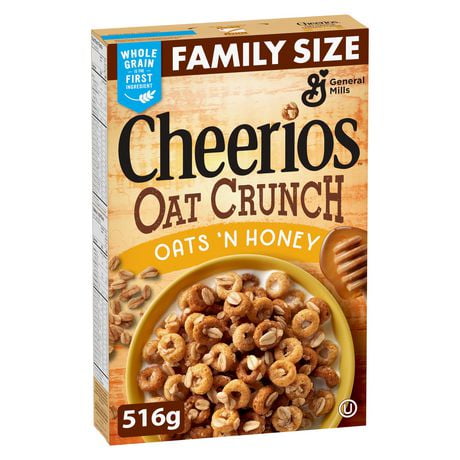

Both General Mills and Grain Millers claim they are testing thoroughly. Only very thorough testing can provide the answer. The larger issue for many of us in the gluten-free community is whether oats extensively cleaned at the mill are clean enough. However, this has been difficult to confirm. Some of us have suspected that not all oats in the gluten-free marketplace are “pure” oats. It is not always easy to get information from manufacturers and suppliers of oats. Gluten-free/certified gluten-free oats have typically been defined as those oats that follow a purity protocol to prevent/limit cross contact with wheat and barley from start to finish versus oats that are cleaned once they arrive at the mill.įor those of us who have been keenly studying oats and their use in gluten-free diets it is also very confusing. For years, they have been advised to eat only those oats and oat products that contain gluten-free/certified gluten-free oats. It doesn’t matter to the Agency how this level is achieved.įor gluten-free consumers, it can be a very confusing situation. What matters is that single and multi-ingredient oat products labeled gluten-free contain less than 20 parts per million of gluten. Oats that are considered regular oats meaning they have not been subject to either a purity protocol or extensive sorting/cleaningįrom the standpoint of the FDA labeling rule, none of the above really matters. Oats that have been extensively cleaned at the back end of production (i.e., once arriving at the mill) to remove wheat and barley through some type of sorting (e.g., mechanical, optical)ģ. Oats that have followed a purity protocol from farm to processing plant to prevent cross contact with wheat and barleyĢ. It is not always easy to confirm with companies whether the oats used in a product labeled gluten-free are:ġ. The strength of our program, processing techniques, and testing rigor give our customers the confidence they need to make significant investments in their brands and products. The milled oat products we manufacture today as gluten-free are third-party certified by NSF and conform both to the US FDA standard and to the proposed requirements of Health Canada. We studied the challenges for many years and when government standards were finally implemented, we confidently moved forward with our gluten-free program in 2012. As a leader in the growth of organic agriculture, we naturally became involved in the production of gluten-free oat ingredients as more and more of our customers began asking us to utilize our expertise to produce gluten-free oat ingredients for use in their products. Grain Millers is one of the world’s largest millers of oats, operating four mills in three locations. While I am not able to share this correspondence directly, the company did provide me with a statement that reads in part: Yesterday I communicated via email with Grain Millers, Inc. Oats that have undergone this type of processing already appear to be in use in the gluten-free food supply. General Mills is not the first manufacturer to utilize mechanical and/or optical sorting processes to achieve what they claim yields a gluten-free oat product. Note: Oats are considered a naturally gluten-free grain but because of the manner in which they are grown, harvested, transported, and processed they are highly likely to be contaminated with wheat and/or barley. What is new (relatively speaking) is the use of mechanical sorting to “clean” the oats enough to result in a gluten-free product. (If you are interested in learning the history of this process please see the USDA publication issued in 1968 available at ). Mechanical sorting/cleaning of grains is nothing new. In general, mechanical cleaning of grains separates out unwanted materials based on size, shape, and color among other attributes.
#Cheerio oats update
Update March 29, 2015: Gluten-Free Cheerios, Grain Millers, Oats, and Mechanical “Cleaning”Īs Gluten Free Watchdog reported in February, General Mills is using a proprietary mechanical sorting process to remove wheat and barley from the oats they will use in their gluten-free Cheerios.


Update July 22, 2015: Please see Gluten Free Watchdog’s updated statement on Gluten-Free Cheerios


 0 kommentar(er)
0 kommentar(er)
